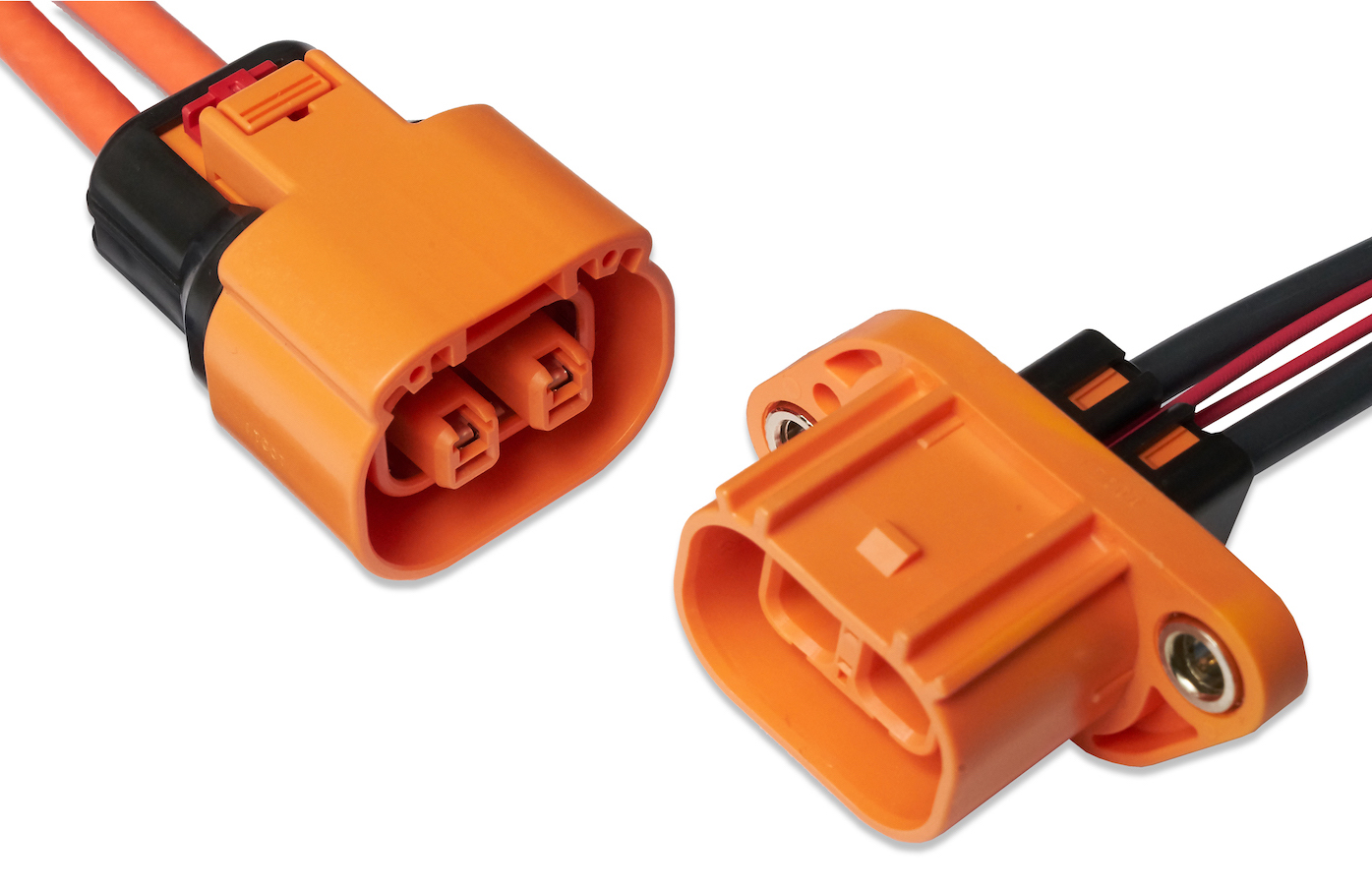
Wire Harnesses: What Are They?
Wire harnesses comprise bundled processed cables with a protective coating to shield them from wear and tear caused by the environment and other potentially destructive elements. These may well have a protective layer around the wires, which is commonly composed of thermoplastic material and provides further protection against wire damage. These harnesses are crucial because they arrange wires so that they may be easily integrated with equipment and systems. Wire harnesses are frequently mistaken for cable assemblies. Cable assemblies tie several covered wires firmly with such a covering to give strong protection appropriate for more demanding conditions, halogen free cable manufacturer whereas wire harnesses normally provide some level of protection but keep them organized.
What is the process of making wire harnesses?
Wire harness fabrication can range from simple to quite sophisticated. It all starts with both the design phase, ensuring that the harness has all of the essential specific characteristics for the application. Wire trimming, stripping, and terminating are frequently the next steps. Using specialized equipment known as a crimping center, the wires were stripped and trimmed to the correct length, and copper terminals are connected to the wires’ ends. These wires are then put into a connection housing if necessary, allowing male and female wire bundles to be mated. Some cables will remain from outside connections and will be independently connected to the factory equipment. Finally, the harness manufacturer uses an assembly board, the connections or wires are bonded with an outermost layer that directs appropriate breakouts and enables ultimate electrical testing. Because passing wires or cables through sleeves is such a delicate procedure, manual installation is still the most prevalent approach for wire harness fabrication.

